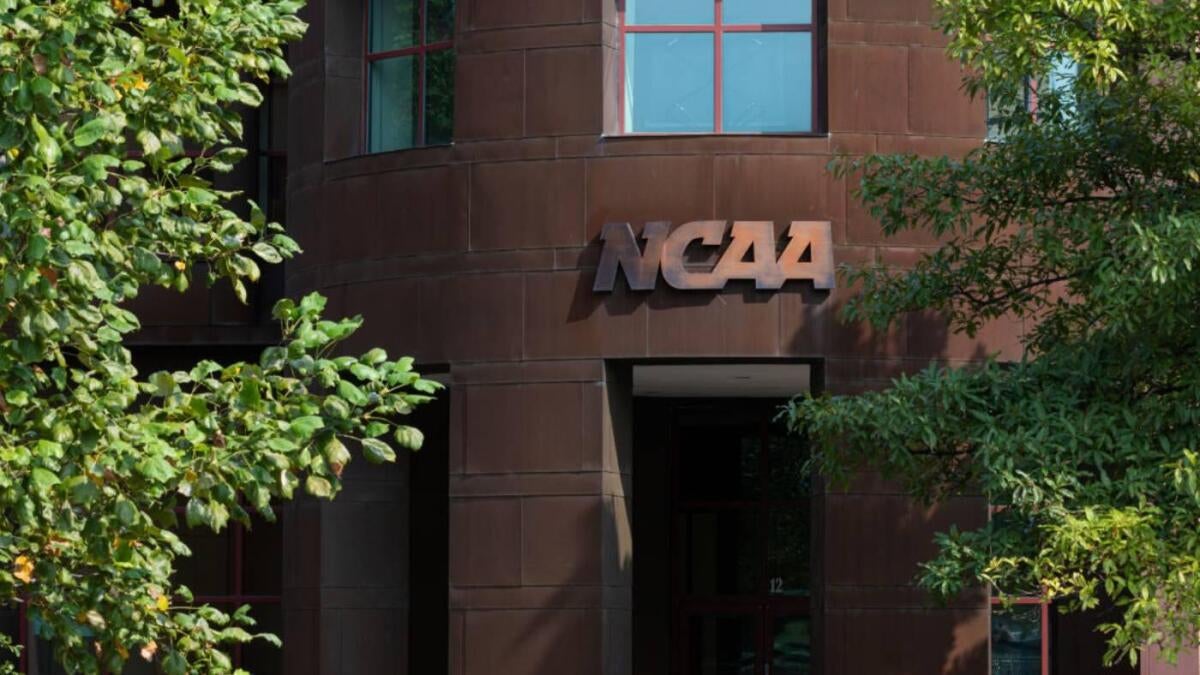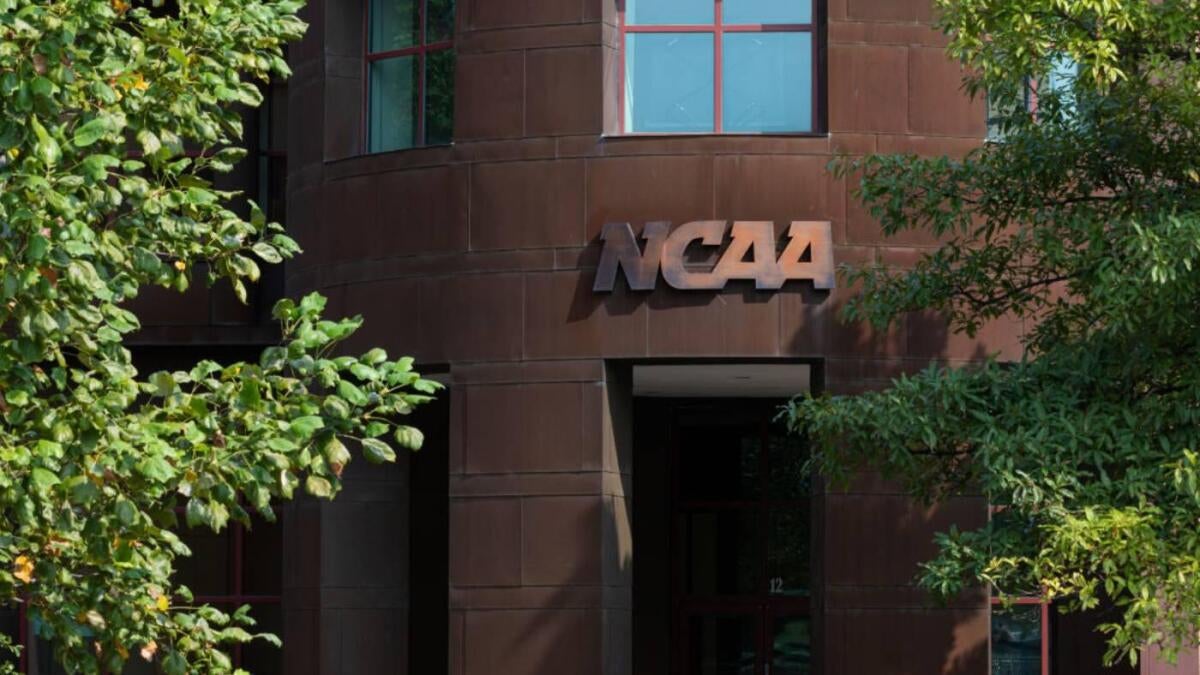The House v. NCAA Settlement: A Turning Point in College Athletics Amid Complex Legal and Equity Challenges
Shifting the Landscape of College Sports Compensation
The House v. NCAA settlement marks a historic upheaval in collegiate athletics, striking at the heart of a century-old amateurism doctrine that has strictly prohibited direct pay to college athletes. Valued at approximately $2.6 to $2.8 billion and sanctioned by U.S. District Judge Claudia Wilken, this settlement permits Division I institutions to remunerate athletes directly and to share revenues in a manner reminiscent of professional sports models. The financial empowerment of athletes, once a distant notion, is now within reach. Yet, as seismic as this shift is, the settlement does not come without complex legal entanglements and challenging questions around gender equity, fairness, and the practical impacts on team composition and athlete opportunity.
Core Elements of the Settlement: Compensation, NIL Rights, and Roster Dynamics
At its core, the settlement authorizes schools to distribute roughly $20 million per Division I institution to both current and former athletes. This compensation includes back pay damages tied to the NCAA’s former prohibitions against athlete compensation. Significantly, it eliminates longstanding NCAA restrictions on amateurism, granting schools the unprecedented authority to pay athletes directly starting July 1.
The settlement also modernizes college sports economics by facilitating third-party management of Name, Image, and Likeness (NIL) rights, enhancing revenue-sharing opportunities, and expanding athlete transfer freedoms. These features collectively signal a transformation toward more athlete-centric and market-responsive models.
However, the settlement introduces roster size limits aimed at controlling the financial implications of increased athlete compensation. This constraint has raised alarms, particularly within sports like track and swimming, where team size reductions threaten to curtail opportunities for many athletes. The NCAA and legal counsel defend roster limits as essential to balancing manageable compensation costs with the sustainability of athletic programs.
Gender Equity and Title IX: Legal Battles Take Center Stage
One of the settlement’s most contentious flashpoints lies in its alleged violation of Title IX, the federal statute prohibiting sex discrimination in educational programs, including athletics. Female athletes and legal experts critique the settlement for perpetuating, rather than alleviating, gender inequities through several troubling mechanisms:
– Skewed Distribution of Damages: Although female athletes comprise roughly 34% of the affected group, they stand to receive only about 10% of the back pay damages. This disproportion underscores a systemic bias favoring male-dominated, high-revenue sports such as football and men’s basketball.
– Unequal Pay Structures: The settlement does not enforce equal compensation between male and female athletes. Instead, remuneration is closely tied to market dynamics, such as media visibility and commercial appeal, where men’s sports typically dominate, thereby risking continued financial disparities.
– Roster Cuts Impacting Female Participation: Limitations on roster sizes disproportionately affect women’s teams, potentially infringing on Title IX protections designed to safeguard female athletic opportunities.
These elements have catalyzed a flurry of lawsuits and appeals challenging the settlement’s conformity with gender equity mandates. The Biden administration has voiced concerns that the settlement’s terms may infringe federal gender equity laws, signaling that the debate is far from settled.
Broader Legal and Operational Challenges: Beyond Title IX
Beyond the gender equity debate, the settlement has rekindled discussions around antitrust issues that it initially sought to resolve. Critics argue that the settlement replaces previous NCAA price-fixing mechanisms with new restrictions, particularly roster limits, that could stifle market competition and infringe upon athlete rights.
Further concerns revolve around the coordination between schools and third-party NIL agents, which might spark disputes over contract enforcement and market control. Additionally, the settlement does not extinguish ongoing litigation related to women’s revenue sharing, athlete transfers, and eligibility regulations. Smaller programs and female athletes may continue to pursue legal avenues to address persisting inequities, prolonging the legal flux enveloping college sports.
Transformative Impact and Emerging Challenges for Athletes and Institutions
The settlement fundamentally redefines collegiate athletics by dismantling the amateurism barrier and ushering in an era where athletes can capitalize financially on their talents. For many participants, this represents long-overdue recognition and financial empowerment.
Yet with opportunity come challenges:
– Financial Inequities Persist: The uneven fund distribution risks deepening existing divides between men’s and women’s sports, undermining efforts to enhance support and visibility for female athletes.
– Roster Limitations Threaten Opportunities: By curbing team sizes to contain costs, scholarship chances and participation opportunities may shrink, particularly in sports with lower commercial profiles.
– Administrative Complexity Escalates: Universities are tasked with navigating new compensation logistics, NIL rights enforcement, legal compliance, and maintaining competitive teams amid shifting regulatory landscapes.
The dynamic between newfound financial possibilities and these emerging hurdles will shape both athlete experience and institutional strategy in the years ahead.
Closing Thoughts: Progress Tempered by Persistent Debate
The House v. NCAA settlement heralds a monumental shift in college athletics, breaking the rigid amateurism mold and presenting unprecedented financial opportunities for student-athletes. This transformation marks an important advance in athlete empowerment and modernization of college sports economics.
However, the settlement’s implementation unveils multifaceted challenges, most notably the ongoing struggle for genuine gender equity under Title IX. Disparities in damage allocation, compensation, and roster limitations illuminate persistent inequities that remain unresolved. The flurry of legal challenges driven by female athletes and advocacy groups ensures that the settlement’s legacy will be shaped as much by judicial battlefields as by financial progress.
Ultimately, this landmark deal is a milestone on a longer trajectory toward fairness, equity, and sustainable management of collegiate athletics. Navigating these complexities with foresight and inclusivity is vital to fostering a future where all student-athletes can thrive both on and off the field.












